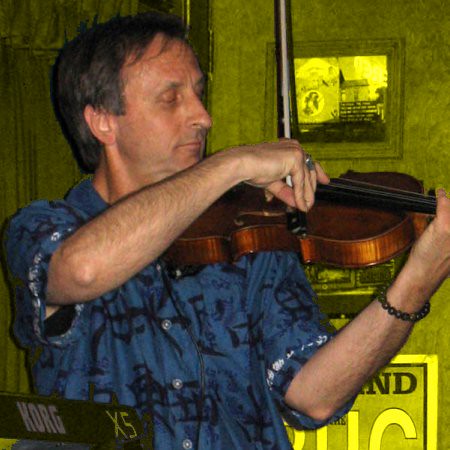Viola – Tension, Holding, and Technique (Musicians)(Psychology)(Pain)(Strain)(Injuries)(Posture)(Alexander Technique)(Albuquerque)
This ebook, An Alexander Technique Approach to Viola Technique, is published on this website in a PDF format. It is very detailed and practical, and it will give you the physical tools you need to take the limits off of your ability to create the accurate viola technique you want without sacrificing your body.
This ebook is also for sale on all AMAZON websites in a KINDLE format.
Located in Albuquerque, New Mexico, U.S.A. (MOVEMENT THERAPY)
When a violist begins to refine his or her technique, usually it is about the viola player wanting to play in a more efficient way. What does a more efficient way look and feel like? It usually means the left hand fingers are kept close to the strings during the performance of a piece.
This is admirable, but it is very easy in your attempt to be very close to the strings, for you to do this with tension and holding in the whole body. I want to share my experience as a formerly aspiring concert guitarist and as an Alexander Technique teacher to describe what needs to happen, so that hugging the viola strings doesn’t degenerate into massive tension.
The intention of “gently hugging” the strings is to be able to play more accurately and to be able to play fast with great ease. This isn’t what happens much of the time when a violist’s technique is revamped. Why? Let me use the example of what I did with my hands on the guitar to deal with these issues of you staying very close to the viola strings with ease.
I made a decision as a classical guitarist that all of my fingers on both hands needed to be poised within a quarter of an inch, .6cm, from the strings at all times, no exceptions. My right hand solution: I rested the thumb and three of the fingers on the strings, and then I chose a finger or thumb to pluck the string it had been resting on, as the other fingers and/or thumb remained on the other strings. The plucking finger never moved more than a quarter of an inch away from the string it was plucking, and I always moved the finger reflexively. This meant the finger struck the string as quickly and effortlessly as my reflexes would allow. (We don’t use the little finger of the right hand to pluck the strings. It’s too short.)
My solution for keeping all four fingers of the left hand within a quarter inch of the guitar neck was to play a scale over and over, vigilantly watching all four fingers, making sure all four fingers never moved more than a quarter inch away from the strings, when they weren’t pressing a string to the guitar neck. Also, like the right hand fingers, I twitched all of the fingers effortlessly reflexively to the guitar neck when they pressed the strings.
As you can surmise, hours a day of this was excruciatingly exhausting, but I wanted to internalize this way of playing the guitar as soon as possible for two reasons. The first reason is that I knew it was part of an exceptional guitar technique, and the second reason was that I’ve always felt that the sooner I internalized a loving change to my guitar technique, the sooner I could get back to making music.
Within a few days I became aware of how much I was TRYING with massive tension to keep my fingers close to the strings, because at this same time I was taking my first Alexander Technique lessons in London. Here is what I did, making this new guitar technique truly transformative.
I REALIZED, WITH THE AID OF THE ALEXANDER TECHNIQUE TEACHER, THAT I HAD TO BE LOVINGLY VIGILANT OF MY WHOLE BODY AS I INTERNALIZED THIS NEW TECHNIQUE. THIS MEANT I NEEDED TO SIT FULLY UPRIGHT WITHOUT HOLDING ANYWHERE IN MY WHOLE BODY AND BREATHE. THIS MEANT THAT WHAT WAS HAPPENING INSIDE OF MY WHOLE BODY, ARMS, HANDS, AND FINGERS, WAS JUST AS IMPORTANT AS WHAT APPEARED TO BE HAPPENING. AS I MONITORED MY WHOLE BODY, I CONTINUED TO ORDER MY FINGERS TO REMAIN VERY CLOSE TO THE STRINGS WITHOUT TENSION WITH A GENTLE CURVE IN ALL OF MY FINGERS, BOTH HANDS, AS THEY PLAYED.
As a violist, releasing unnecessary tension in your whole body as you master new changes in your viola technique is both invisible and visible, as you keep releasing the sneaky visible and invisible tension of trying, as you internalize a new viola technique.
One of my Alexander Technique teachers, who trained me to become an Alexander Technique teacher in New York, had a saying that continues to guide me in everything I do. She said, “Do less.” This simply means YOU can always play the viola with less muscular work throughout your whole body, with balance and high energy.
So, play the viola with your whole body, gently ordering your fingers to be very close to the strings, as you lovingly order the whole body to do less, by being balanced from head to toe with high energy.
